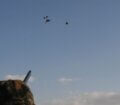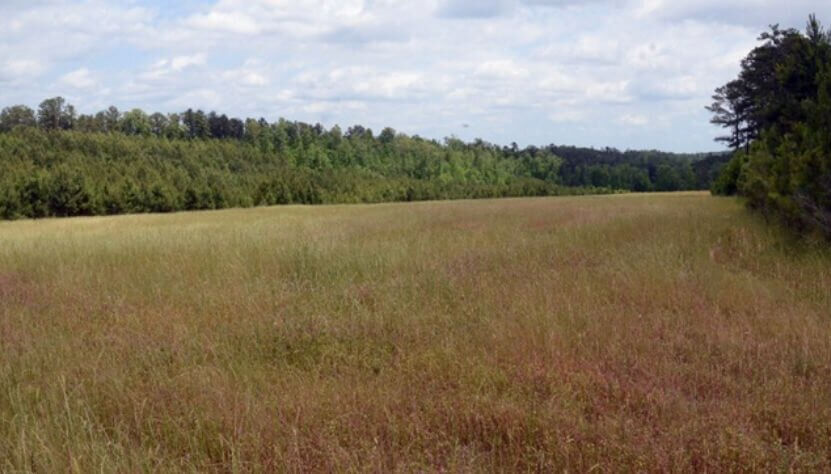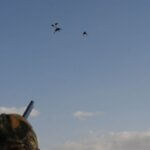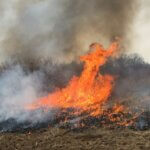Editor’s Note: Although sometimes hunting doves is hit or miss, you an make your chances for success greater by preparing the fields you’ll be hunting before the season. Chas Moore, the area wildlife biologist for the Cahaba River Wildlife Management Area (WMA) and the Mulberry Fork WMA for Alabama’s Department of Conservation and Natural Resources (DCNR), has developed and learned what works best to have the most doves to hunt.
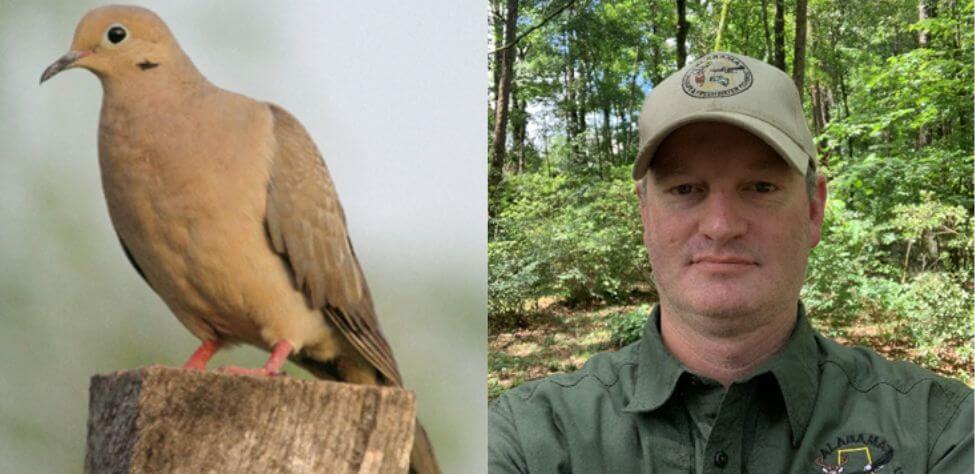
Most Cahaba River WMA hunters who are fairly-good shooters can limit-out within the first hour of dove season, and even a poor shooter often will take 8-10 doves on opening weekend. You may think with so-many doves available for harvest that hunters have paid $100 each to enjoy this dove-hunting opportunity. You also may expect the fields to be composed of cut corn, cut wheat and/or cut millet and an abundance of rich soils, roost trees and water. The last place you’ll probably anticipate this kind of shooting on opening day of dove season is on a reclaimed, strip-mined WMA. But the success of these dove fields on strip-mined land means hunters most anywhere can take bad soils and create productive dove fields.
The obvious reason that doves will frequent strip-mined lands is to get grit for their craws. Depending on where that land is located, you may have a fantastic dove hunt. Alabama’s DCNR develops, maintains and manages over 775,000 acres of land for Alabama hunters. WMAs are financed with funds derived from hunting licenses and federal-excise taxes on firearms and ammunition. On both WMAs that Moore overseas he uses the same management system to increase habitat for doves and provide more dove-hunting opportunities, not only for in-state hunters but also for out-of-state hunters.
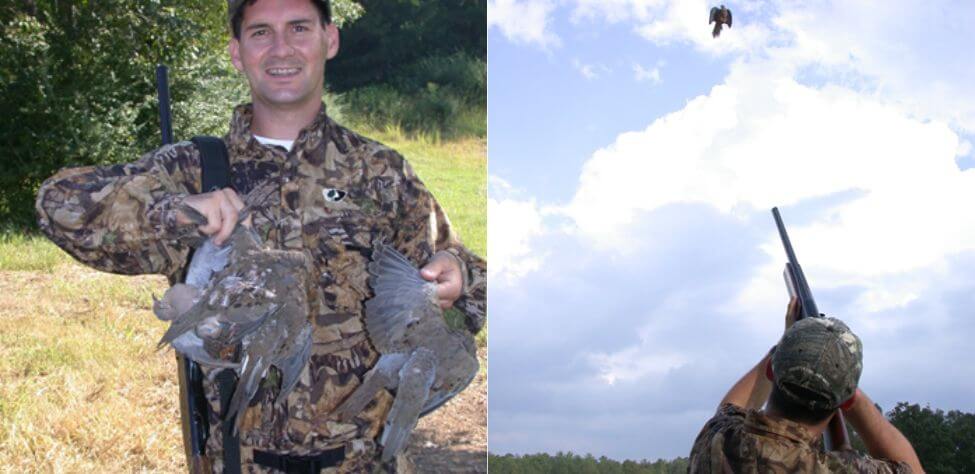
“Although we use the same management system for doves on the Mulberry Fork WMA that we do for the Cahaba River WMA, Mulberry Fork WMA doesn’t produce as many doves as Cahaba River WMA does, perhaps because doves haven’t been hunted on strip-mined areas on Mulberry Fork WMA as long as on Cahaba River WMA,” Moore says. “Most of Mulberry Fork WMA is made up of underground mining and not strip-mined. Also, Mulberry Fork WMA doesn’t seem to have as much gravel and grit on the surface for doves to eat and not as much water there as the Cahaba River WMA has.”
Moore came to the Cahaba River WMA in 2004, when only a few, small dove fields existed along the powerline rights-of-way. These dove fields were planted and managed to provide food for doves and dove-hunting opportunities for sportsmen. As on many dove fields, you might harvest one to three doves in a day of hunting, but, “Most hunters were unsuccessful here,” Moore explains. “The Cahaba River WMA fields were mainly planted with corn and held quite a lot of reclaimed strip-mined land on them.
“Today 30,000 acres of Cahaba River WMA are leased from a major timber company. Under the conditions of its lease, the DCNR only can manage the existing openings in this primarily pine-timber forest. However, even pine trees have a hard time surviving on reclaimed strip-mined land, due to the rocky soil.”
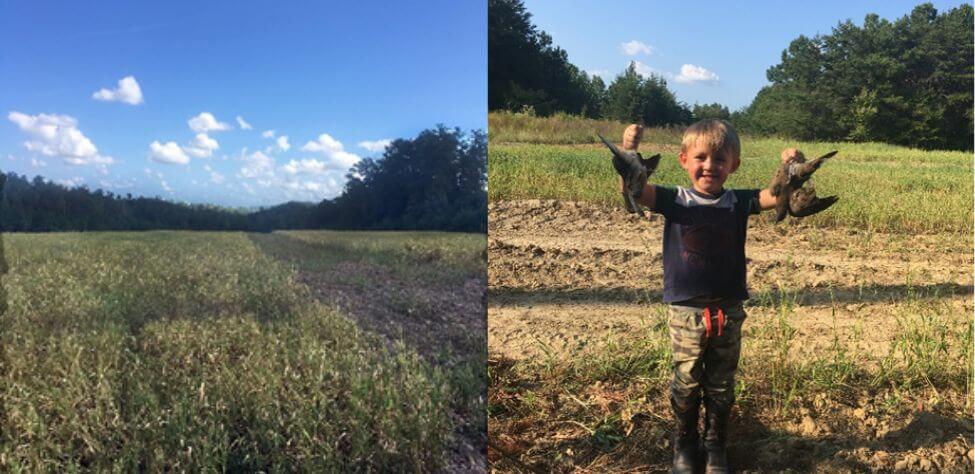
Moore and the DCNR talked with the owners of the property, and they agreed to let Moore use some of the flat, reclaimed strip-mined sections of the land to create wildlife openings and food plots. Once the strip-mine company reclaimed the land, the company planted vegetation on the land to stabilize the soil. Some of the openings were planted in fescue, which wasn’t a good food source for wildlife, and others with millet. Moore discussed with the landowners the possibility of planting millet and native grass seed on some of these flat, reclaimed lands, since both the millet and the native grasses would be good food for doves and other wildlife.
Moore noticed that the millet seemed to grow very well on the reclaimed strip-mined land, but as Moore mentioned, “The problem with using reclaimed strip-mined land to plant for wildlife is that most of the dirt was full of rocks and gravel.” Moore decided to try a different type of planting that proved to be a bonanza for doves and dove hunting.
Tomorrow: Develop the Best Dove Fields


